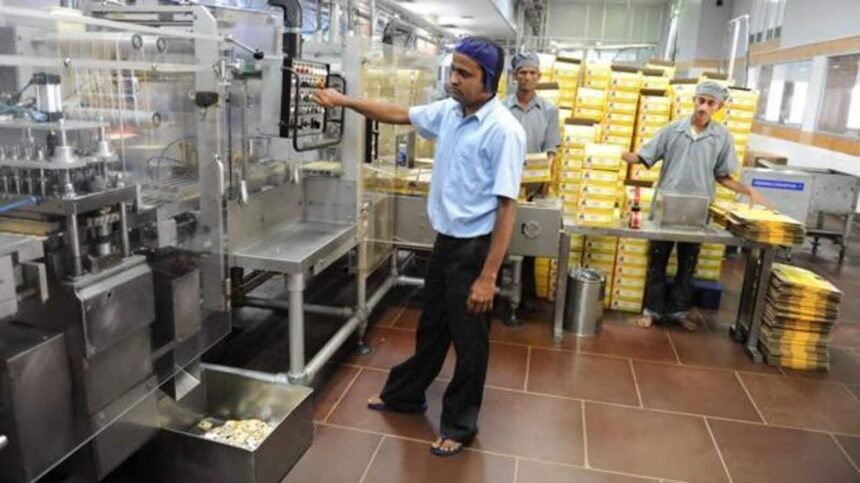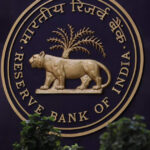The evolution of global food trade and increased foreign travel has led to changes in consumption habits and a higher risk of foodborne illnesses spreading internationally. In response to this, efforts are being made to ensure that Indian food products adhere to the highest hygiene standards, both at home and abroad.
The Bureau of Indian Standards (BIS) has updated the Hazard Analysis and Critical Control Points (HACCP) framework to closely monitor crucial points along the food supply chain, such as sourcing of raw materials, processing, packaging, and distribution, to prevent contamination and safety risks. This updated framework helps identify, evaluate, and control potential hazards in the food production process.
For example, in meat processing, the HACCP system ensures that proper cooking temperatures are maintained to eliminate E-coli bacteria. In dairy products, it controls pasteurization to eliminate harmful bacteria like listeria and salmonella, while in canned goods, it prevents botulism through sterilization.
The export of meat, dairy, and poultry products from India has shown a significant increase, reaching $4.53 billion in FY24, driven by growing global demand, improved processing standards, market access, and government support for agricultural exports.
In seafood exports, proper freezing techniques are employed to eliminate parasites. Although there was a slight decrease in value, export volumes increased in the last financial year, indicating a consistent demand for Indian seafood products.
The global demand for Indian processed foods is on the rise, with ready-to-eat (RTE) food items experiencing substantial growth in exports to developed economies like the US, the UK, Australia, and Canada. RTE food exports include a variety of items such as breakfast cereals, sweets, snacks, biscuits, confectionery, and more, contributing to a significant increase in exports from $739.64 million in FY19 to $1.52 billion in FY24.
The RTE food market in India is expected to grow by 45% from 2021 to 2026, reaching $64 billion, according to SATS. Aligning with global standards, the BIS aims to create a more robust framework for food safety, benefiting consumers and the food industry as a whole.
The introduction of new food standards will enhance the quality and safety of Indian food products, boosting consumer confidence and catering to diverse culinary preferences. This initiative is also expected to benefit local producers and suppliers in meeting the growing food demand driven by increasing international tourist arrivals.
Overall, the revamping of the food hygiene code of practice by BIS is a significant step towards enhancing the global competitiveness of Indian food exports. By aligning with the updated HACCP system, this initiative will ensure higher health standards and boost consumer confidence, benefiting both domestic and international markets.










